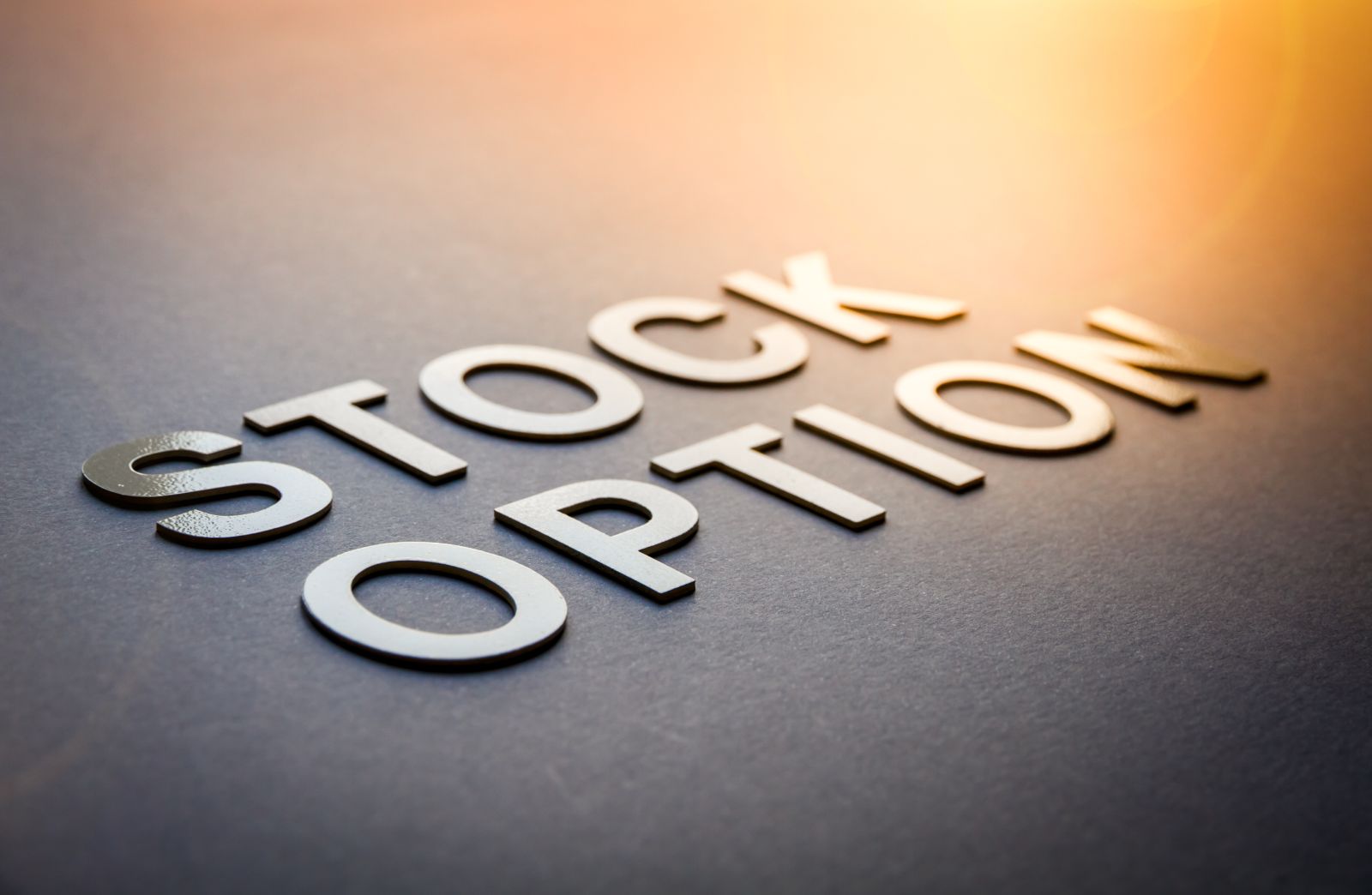
Selling cash secured puts on stocks an investor is happy to take ownership of is a great way to generate some extra income. A cash-secured put involves writing an at-the-money or out-of-the-money put option and simultaneously setting aside enough cash to buy the stock. The goal is to either have the put expire worthless and keep the premium, or to be assigned and acquire the stock below the current price. It’s important that anyone selling puts understands that they may be assigned 100 shares at the strike price.
Why Trade Cash Secured Puts?
Selling cash secured puts is a bullish trade but slightly less bullish than outright stock ownership. If the investor was strongly bullish, they would prefer to look at strategies like a long call or a bull call spread. Investors would sell a put on a stock they think will stay flat, rise slightly, or at worst not drop too much.
Cash secured put sellers set aside enough capital to purchase the shares and are happy to take ownership of the stock if called upon to do so by the put buyer. Naked put sellers, on the other hand, have no intention of taking ownership of the stock and are purely looking to generate premium from option selling strategies.
The more bullish the cash secure put investor is, the closer they should sell the put to the current stock price. This will generate the most amount of premium and also increase the chances of the put being assigned. Selling deep-out-of-the-money puts generates the smallest amount of premium and is less likely to see the put assigned.
PG Cash Secure Put Example
Yesterday, with PG trading at 146.36, the July put option with a strike price of 140 was trading around $3.50. Traders selling this put would receive $350 in option premium. In return for receiving this premium, they have an obligation to buy 100 shares of PG for $140. By July 21, if PG is trading for $135, or $120, or even $80, the put seller still has to buy 100 shares at $140.
But, if PG is trading above $140, the put option expires worthless, and the trader keeps the $350 option premium. The net capital at risk is equal to the strike price of 140, less the 3.50 in option premium. So, if assigned, the net cost basis will be $136.50. That’s not bad for a stock currently trading at $146.36. That’s a 6.74% discount from the price it was trading yesterday.
If PG stays above $140, the return on capital is:
$350 / $13,650 = 2.56% in 114 days, which works out to 8.14% annualized.
Either the put seller achieves an 8.14% annualized return or gets to buy a high yielding defensive stock for a 6.74% discount. You can find other ideas like this using the Naked Put Screener. Below you can see some parameters that you might consider for running this screener. Feel free to tweak them as you see fit.

Company Details
The Barchart Technical Opinion rating is a 56% Buy with an average short term outlook on maintaining the current direction.
Long term indicators fully support a continuation of the trend.
The market is in highly overbought territory. Beware of a trend reversal.
Of 13 analysts covering PG, 9 have a Strong Buy rating, 2 have a Moderate Buy and 2 have a Hold rating.
Procter & Gamble Company, also referred to as P&G, is a branded consumer products company. The company has five reportable segments: Beauty - The segment includes hair care products antiperspirants and deodorants as well as products for personal cleansing and skin care. Grooming - The segment includes Shave Care products like female and male blades & razors and pre- and post-shave products as well as appliances. Health Care - The segment includes gastrointestinal, rapid diagnostics, respiratory, vitamins/minerals/supplements and other personal health care product categories along with toothbrush, toothpaste and other oral care, product categories. Fabric and Home Care - The segment includes air care, dish care, fabric enhancers, laundry additives and detergents, P&G Professional and surface care product categories. Baby, Feminine and Family Care - The segment includes baby wipes, diapers and pants, paper towels, tissues, toilet paper, adult incontinence and feminine care products.
Summary
While this type of strategy requires a lot of capital, it is a great way to generate an income from stocks you want to own. If you end up being assigned, you can sit back and collect the nice 2.50% dividend on offer from PG. You can do this on other stocks as well, but remember to start small until you understand a bit more about how this all works.
Risk averse traders might consider buying an out-of-the-money put to protect the downside.
Please remember that options are risky, and investors can lose 100% of their investment.
This article is for education purposes only and not a trade recommendation. Remember to always do your own due diligence and consult your financial advisor before making any investment decisions.
On the date of publication, Gavin McMaster did not have (either directly or indirectly) positions in any of the securities mentioned in this article. All information and data in this article is solely for informational purposes. For more information please view the Barchart Disclosure Policy here.






